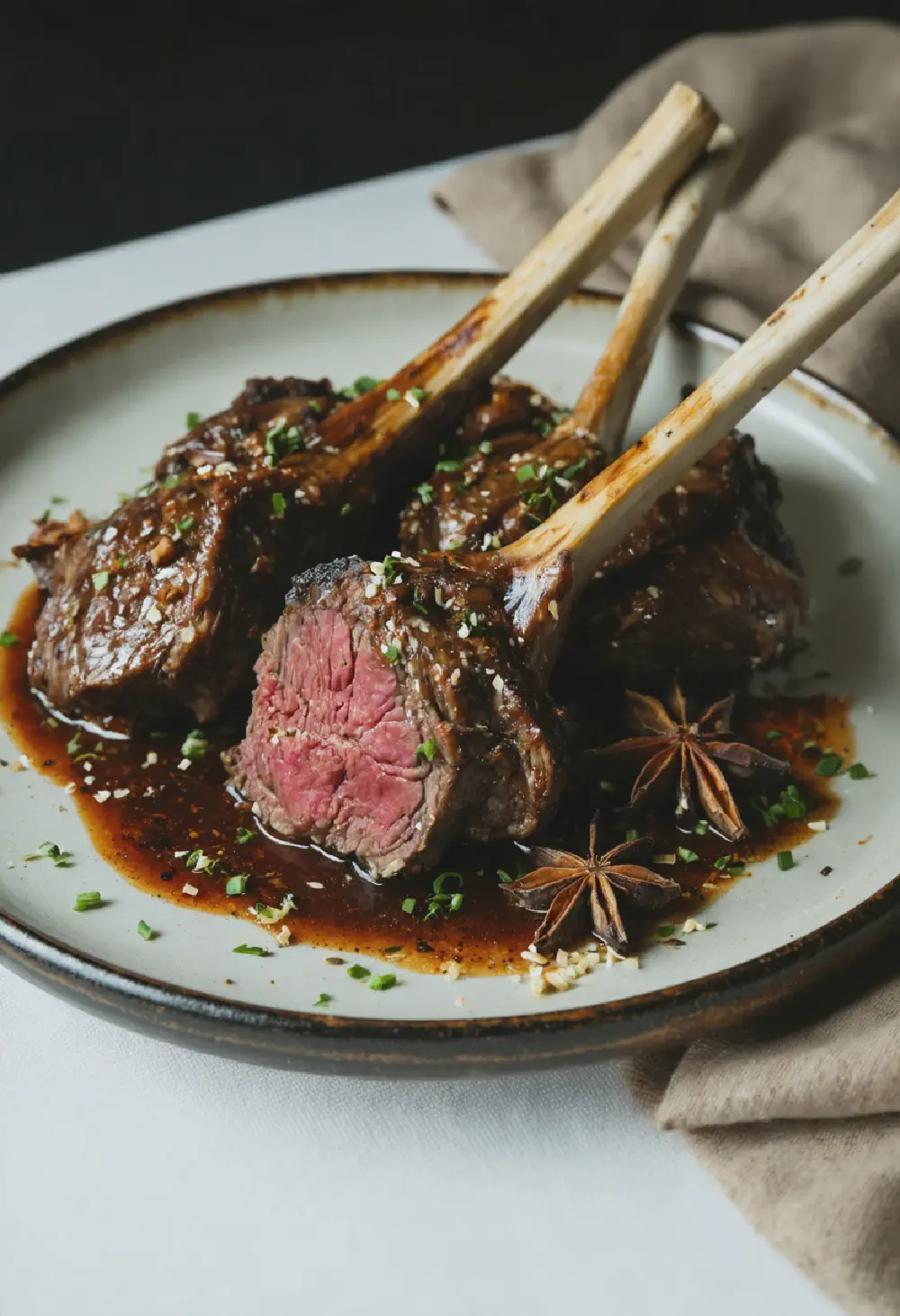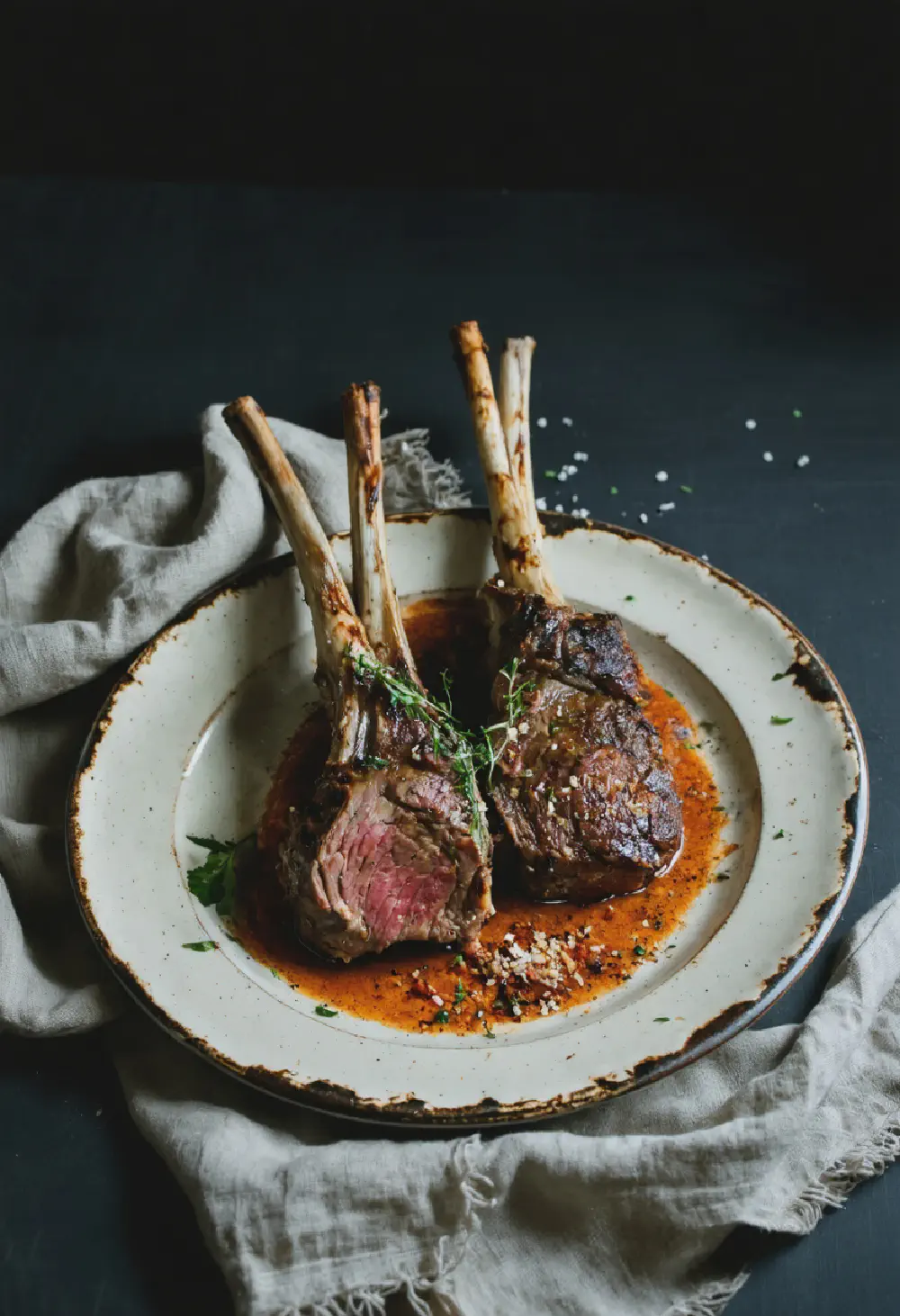Easter Egg Salad
15M
25M
- Makes 4
- 6 large eggs
- 1/4 cup mayonnaise
- 1 tablespoon Dijon mustard
- 2 tablespoons finely chopped red onion
- 2 tablespoons finely chopped celery
- 1 tablespoon chopped fresh dill
- Salt and pepper to taste
- Lettuce leaves for serving
- Paprika for garnish
- Place the eggs in a saucepan and cover with cold water. Bring to a boil over medium-high heat. Once boiling, remove from heat, cover, and let sit for 10-12 minutes.
- Drain the hot water and run cold water over the eggs until they are cool enough to handle. Peel the eggs and chop them into small pieces.
- In a medium bowl, combine the chopped eggs, mayonnaise, Dijon mustard, red onion, celery, and dill. Mix well until all ingredients are evenly distributed.
- Season the egg salad with salt and pepper to taste.
- Serve the egg salad on a bed of lettuce leaves. Sprinkle with paprika for garnish.
Easter Egg Salad: A Traditional American Delight
History
The Easter Egg Salad has a rich history deeply rooted in American culinary traditions, particularly associated with Easter celebrations. The origins of this dish can be traced back to the early 20th century when families began to incorporate hard-boiled eggs, a staple of Easter, into various recipes. The concept of egg salad itself dates back even further, with recipes appearing in American cookbooks as early as the 19th century. However, the specific tradition of Easter Egg Salad became popular as a way to utilize the abundance of hard-boiled eggs dyed and decorated for Easter festivities. This dish not only serves as a delicious meal but also as a symbol of the renewal and joy that Easter brings.
Taste Profile
Easter Egg Salad is celebrated for its refreshing and satisfying taste profile, making it a perfect addition to any spring gathering. The primary ingredient, hard-boiled eggs, provides a rich and creamy base, while the addition of fresh ingredients like celery, onions, and herbs adds a delightful crunch and burst of flavor. The salad is often dressed with mayonnaise, which adds a smooth and tangy element, enhancing the overall taste. Some variations may include mustard or pickles for an extra zesty kick. The combination of these ingredients results in a harmonious blend of textures and flavors, making Easter Egg Salad a beloved dish in American cuisine.
Cultural Significance
Within American cuisine, Easter Egg Salad holds a special place due to its cultural significance, particularly during Easter celebrations. This dish is more than just a meal; it is a tradition that brings families and friends together. The act of preparing and sharing Easter Egg Salad symbolizes the renewal and rebirth associated with Easter, reflecting the season’s themes of new beginnings and togetherness. It is often served at Easter brunches, picnics, and gatherings, where it serves as a reminder of the joy and community spirit that the holiday embodies. As a staple of American Easter celebrations, Easter Egg Salad continues to be cherished and enjoyed by generations, reinforcing its importance in the cultural fabric of the country.



















